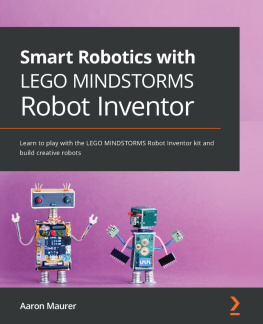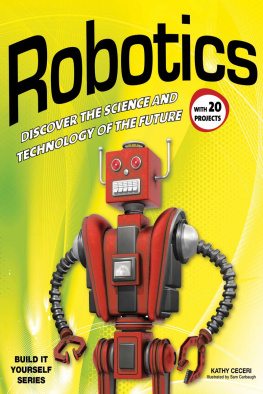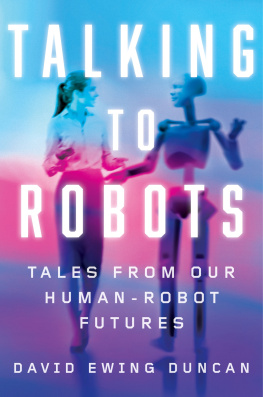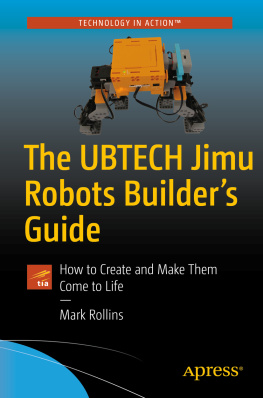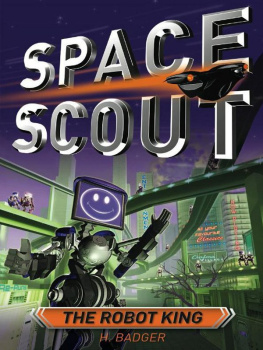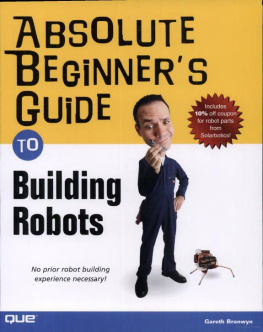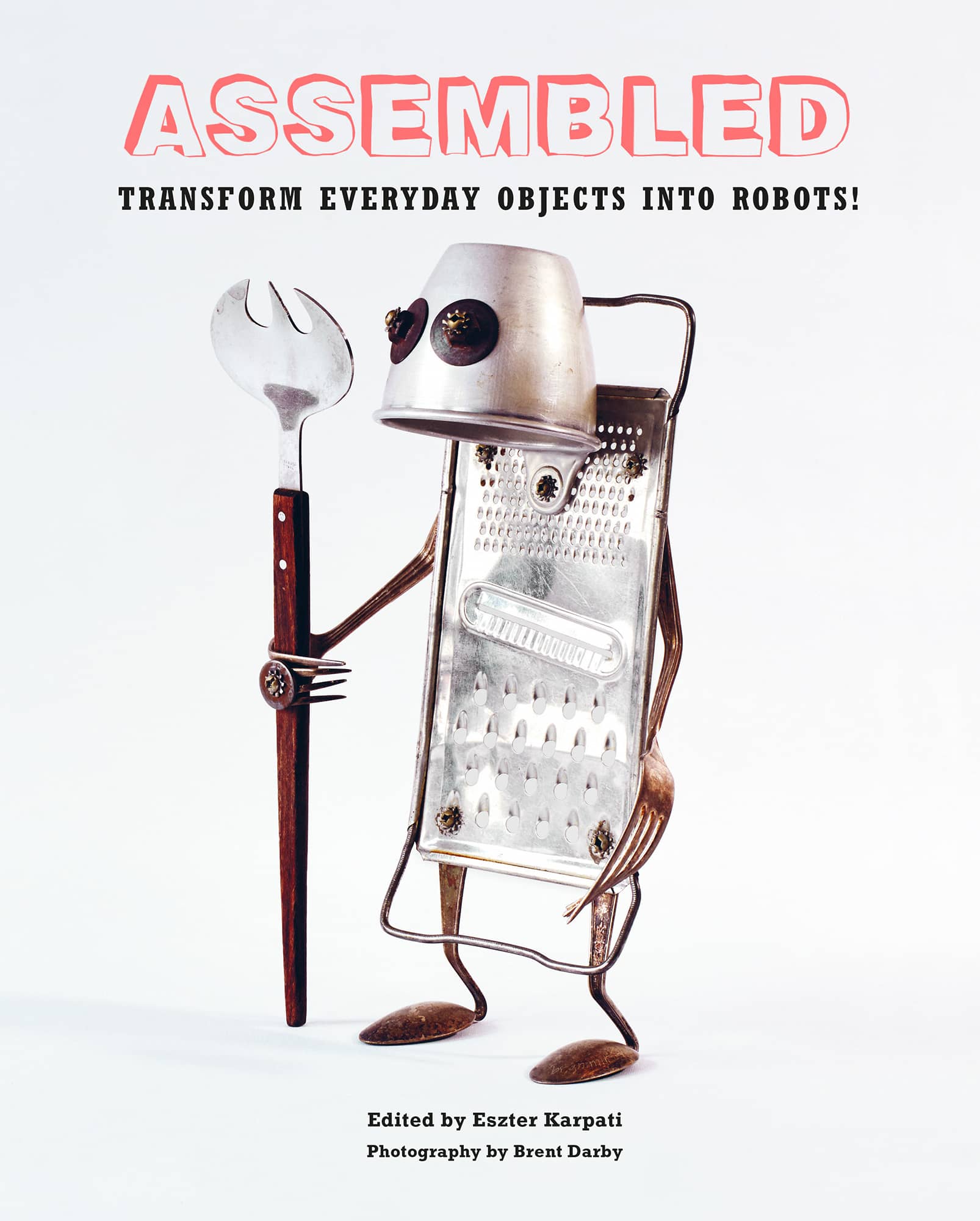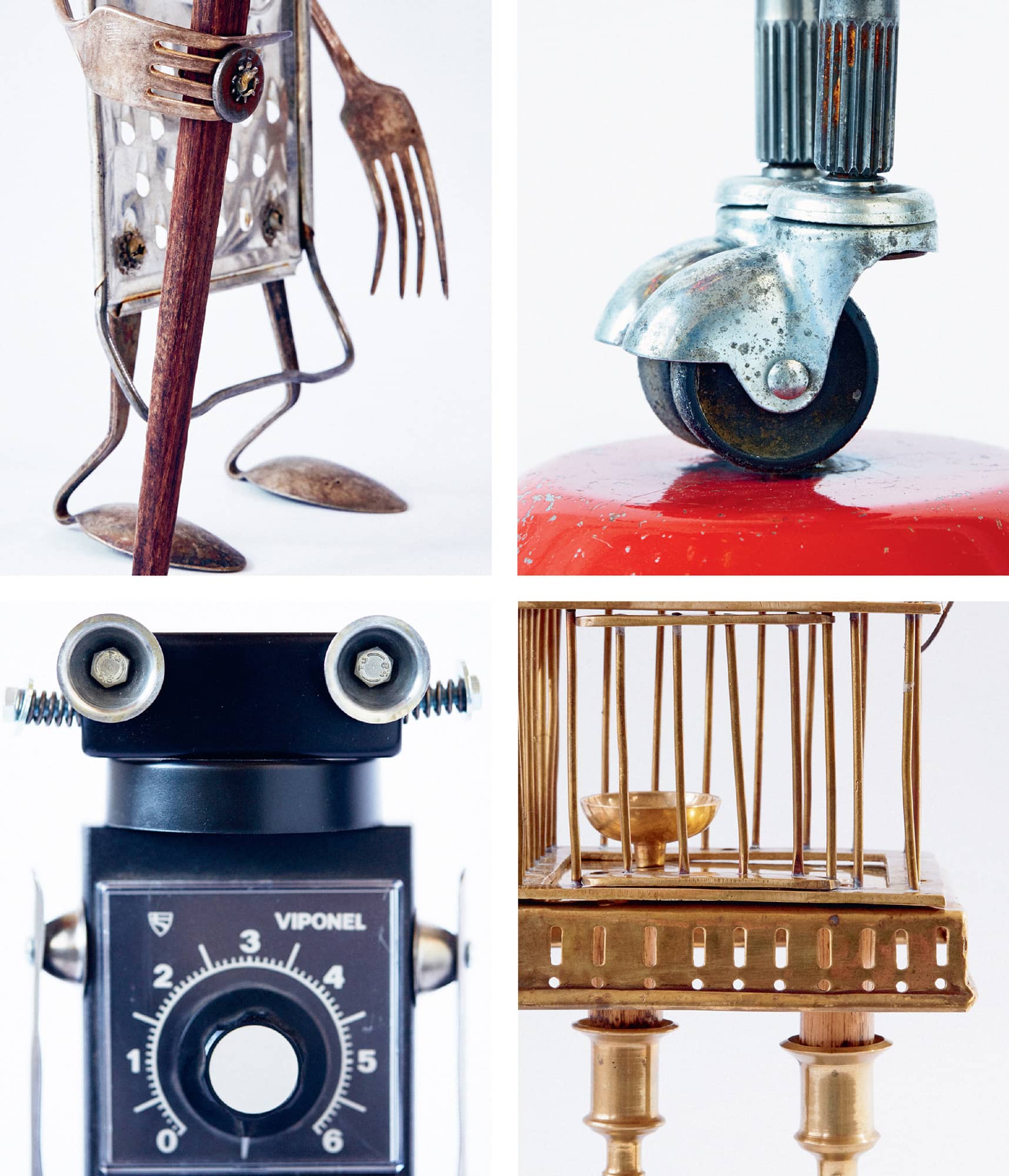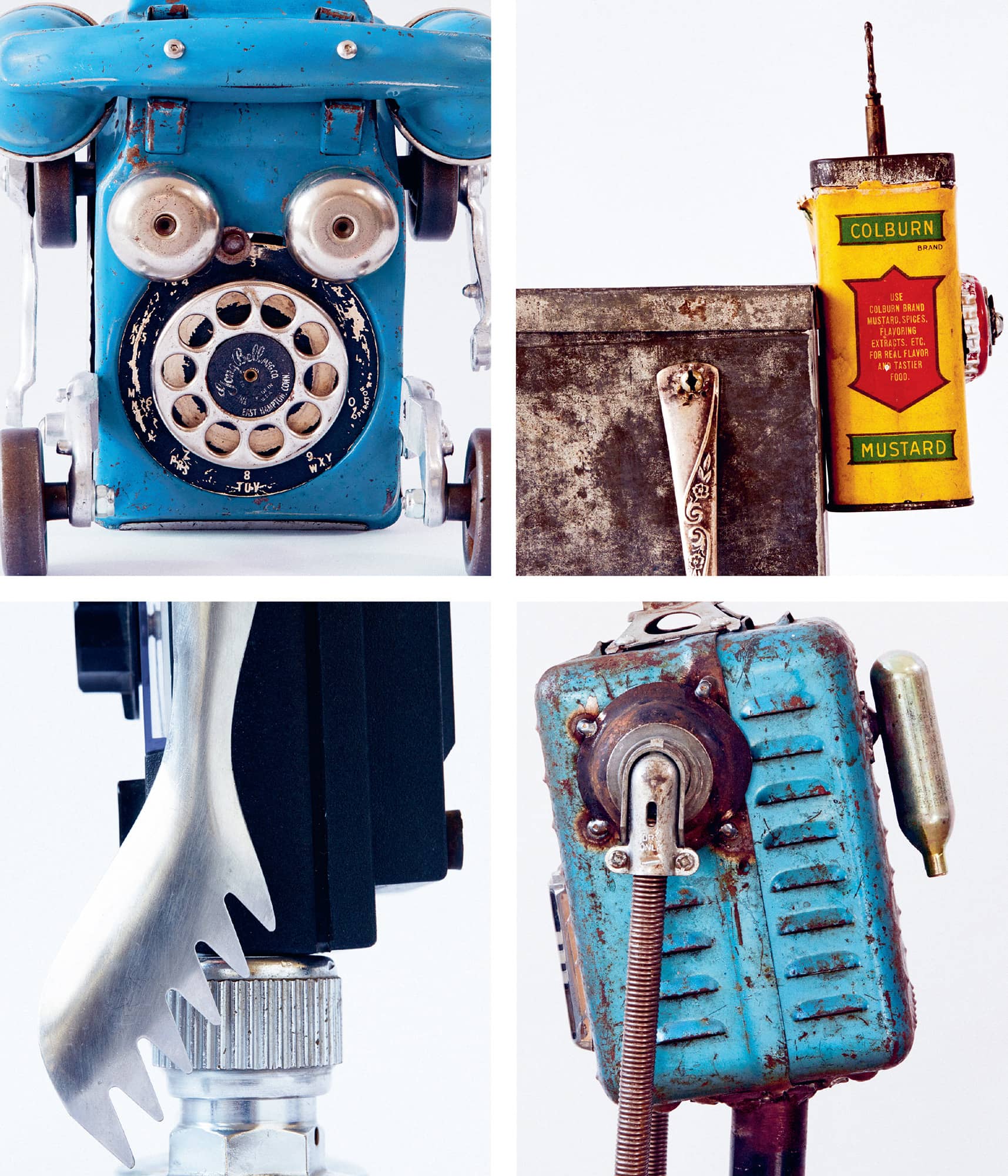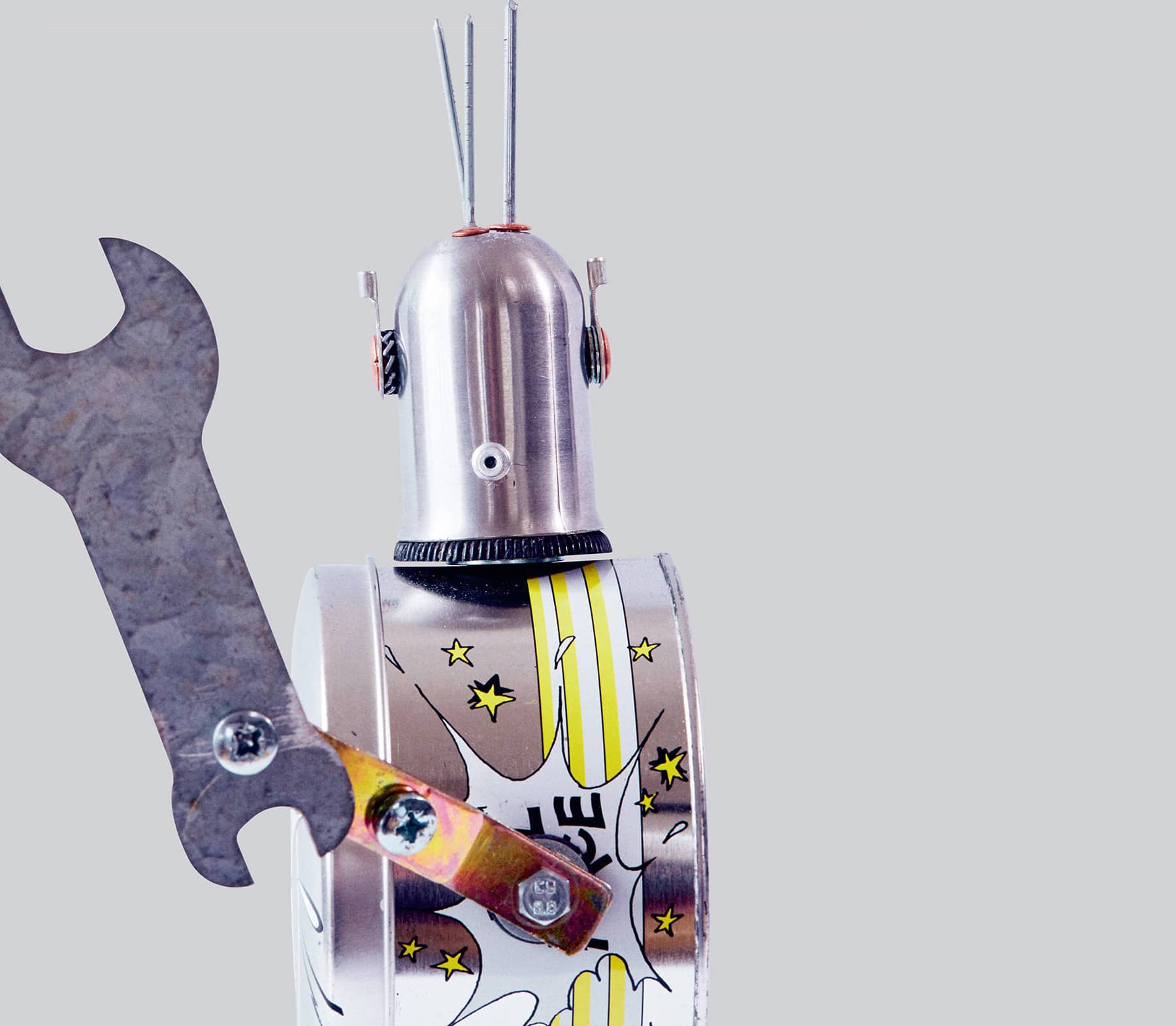Eszter Karpati - Assembled: Transform Everyday Objects Into Robots!
Here you can read online Eszter Karpati - Assembled: Transform Everyday Objects Into Robots! full text of the book (entire story) in english for free. Download pdf and epub, get meaning, cover and reviews about this ebook. year: 2017, publisher: Jacqui Small, genre: Home and family. Description of the work, (preface) as well as reviews are available. Best literature library LitArk.com created for fans of good reading and offers a wide selection of genres:
Romance novel
Science fiction
Adventure
Detective
Science
History
Home and family
Prose
Art
Politics
Computer
Non-fiction
Religion
Business
Children
Humor
Choose a favorite category and find really read worthwhile books. Enjoy immersion in the world of imagination, feel the emotions of the characters or learn something new for yourself, make an fascinating discovery.

- Book:Assembled: Transform Everyday Objects Into Robots!
- Author:
- Publisher:Jacqui Small
- Genre:
- Year:2017
- Rating:3 / 5
- Favourites:Add to favourites
- Your mark:
Assembled: Transform Everyday Objects Into Robots!: summary, description and annotation
We offer to read an annotation, description, summary or preface (depends on what the author of the book "Assembled: Transform Everyday Objects Into Robots!" wrote himself). If you haven't found the necessary information about the book — write in the comments, we will try to find it.
Did you know that you can transform a cheese grater, a few bits of old cutlery and a handful of nuts and bolts into a household robot brimming with character in no time?
Presented like a recipe book, this unique guide will inspire you to make your own bots from random flea market finds and some unwanted junk through 23 quirky robot recipes.
Each of the 23 robots is shown through the transformation of a group of found objects into a finished sculpture with accompanying instructions on inspiration, assemblage methods and bonding techniques. The projects are disassembled to their very core to reveal not just the easily identifiable elements used in their creation, such as a tennis racket, thermos, or bicycle frame, but also every screw, bolt, thread, rope or wire used to assemble them. This is original collection will inspire you to scout around your homes for spare everyday objects and turn them into characterful assemblage art sculptures.
Eszter Karpati: author's other books
Who wrote Assembled: Transform Everyday Objects Into Robots!? Find out the surname, the name of the author of the book and a list of all author's works by series.

